I tried charging the Hyundai Ioniq 9 at a Tesla Supercharger station — here’s what happened
You'll have more charging stations to choose from
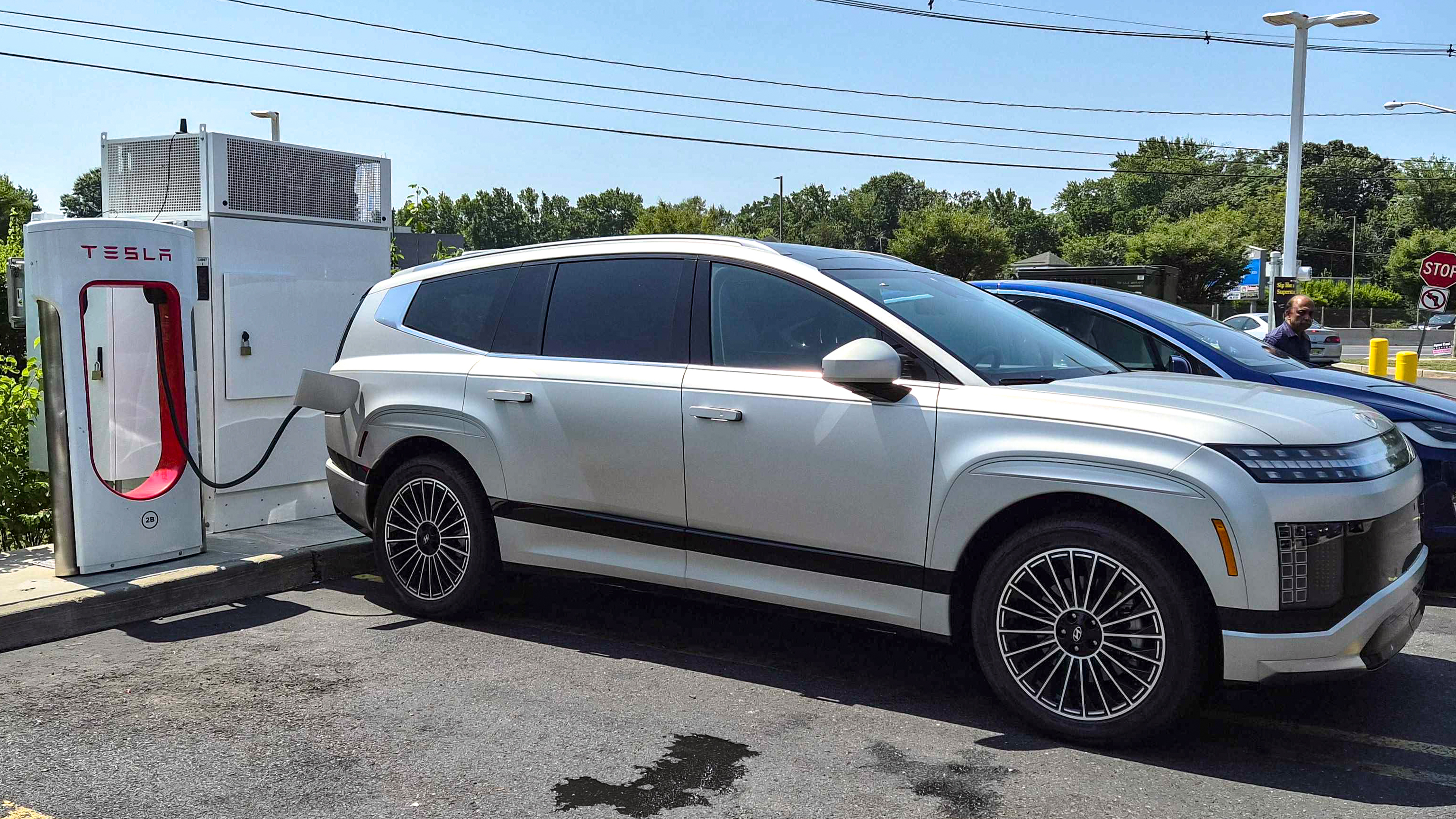
When I checked out the Hyundai Ioniq 9 earlier in the year during the New York Auto Show 2025, it didn’t give me the same vibes I was getting with the Kia EV9 from the prior year. While this 3-row SUV has a lot in common with the EV9, the Ioniq 9 actually has a secret weapon that addresses one of my biggest concerns about buying an EV.
Aside from their expensive costs, the other challenge EVs face is convincing people that charging them isn’t an inconvenience. The 2026 Hyundai Ioniq 9 intends on making it easier for anyone because it features an NACS (North American Charging Standard port) charging port, instead of the J1772 and CCS ports that Hyundai EVs have used up to this point.
This is a big deal because the NACS port is what Tesla EVs use, which means that the Ioniq 9 can be charged in more places because it has access to the 20,000+ Tesla Supercharger locations around the country. After draining its battery down, I brought it to the closest Tesla Supercharger to see what it’s like charging the Ioniq 9. Here’s my pros and cons.
Hyundai Ioniq 9 charging: What I Like
No adapter required
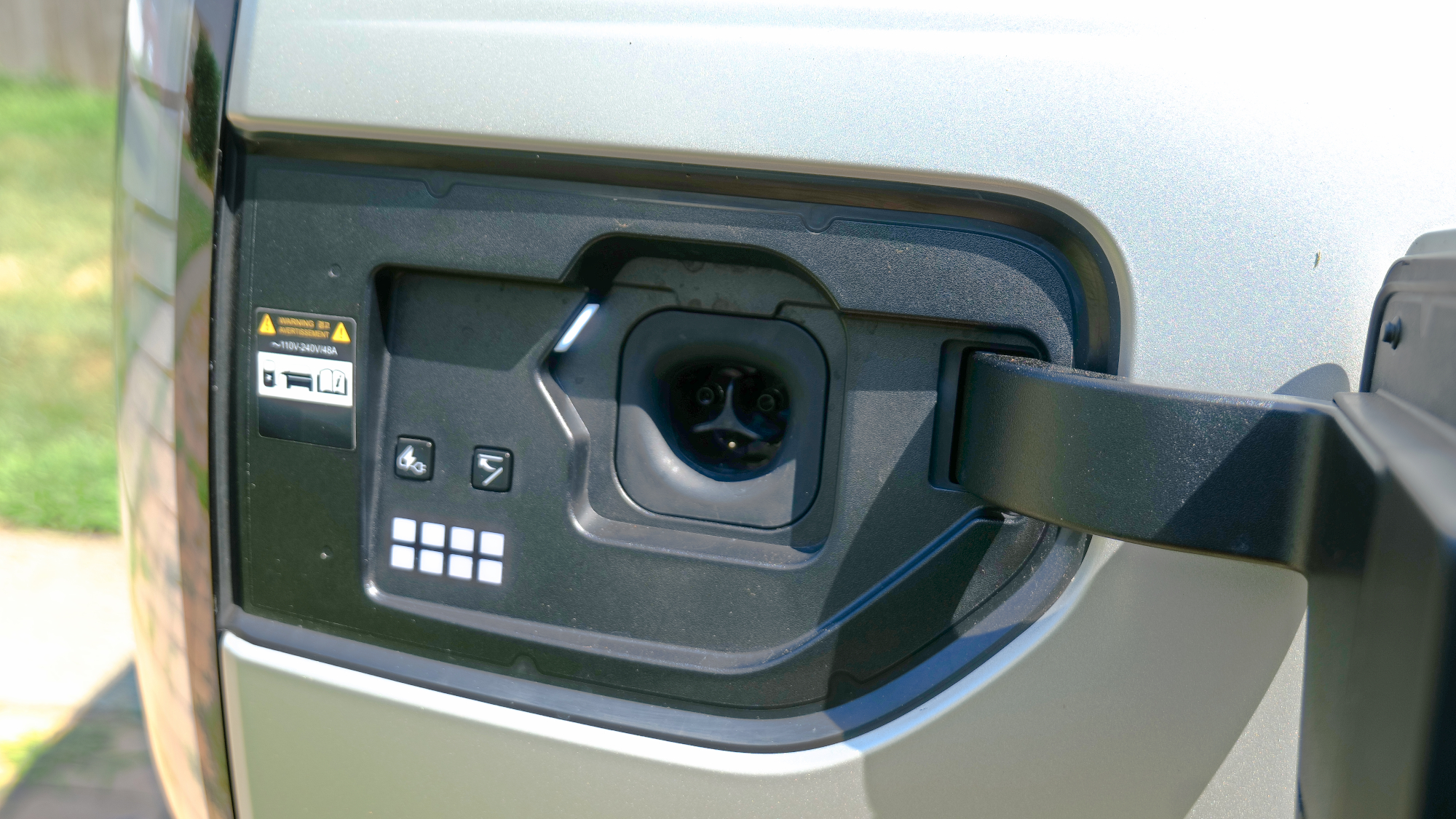
Since it natively features a NACS port for charging, you don’t need any special adapters to charge the Ioniq 9 at a Tesla Supercharger location. You simply just plug the connector into the port and that’s all to it.
Although other EVs can still charge at a Tesla Supercharger, like the Ford F-150 Lightning, they require a special adapter in order to work. On the flip side, the included CCS adapter that comes with the Ioniq 9 is needed if I want to use CCS charging stations like EVgo or ChargePoint.
Access to more chargers
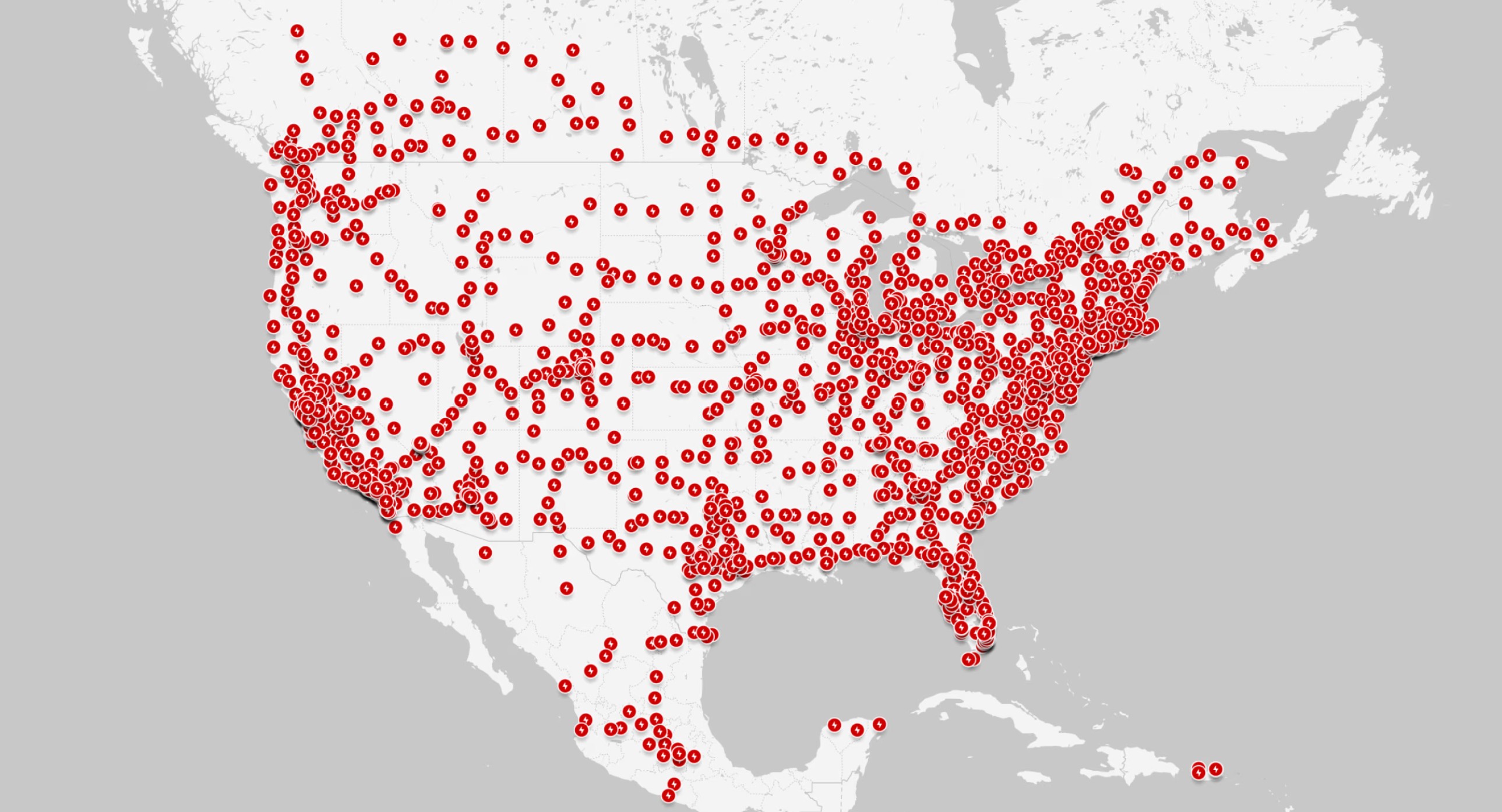
Even though the Ioniq 9 has an EPA-estimated range of 335 miles, which I’d put in the above-average category for EVs, there are still some people who might not be convinced it’s a long distance road warrior. That’s why access to a charging station is critical in easing this concern.
Tesla has invested a lot around its charging infrastructure, with now over 20,000 Tesla Supercharger locations scattered around the country. This supplements the over 45,000 DC fast chargers nationwide that the Ioniq 9 can access as well, making it easier than most EVs to charge while on the road.
Get instant access to breaking news, the hottest reviews, great deals and helpful tips.
Hyundai Ioniq 9 charging: What I Don't Like
Still requires an app download
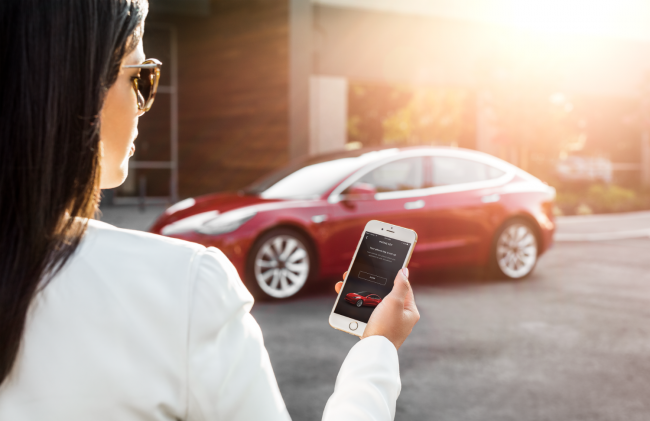
One of the biggest annoyances I have about EV charging stations in general is that you’re often required to download an app and set up an account before you actually begin to charge. It’s no different at the Tesla Supercharger station near me, which is an inconvenience if you don’t have your phone on you.
Like I said, it’s not just a Tesla problem, because many other EV charging stations also force you to download and use their apps. Fortunately, there’s one station near me that lets you bypass this because it accepts credit card payments directly.
Short cables, tight spaces
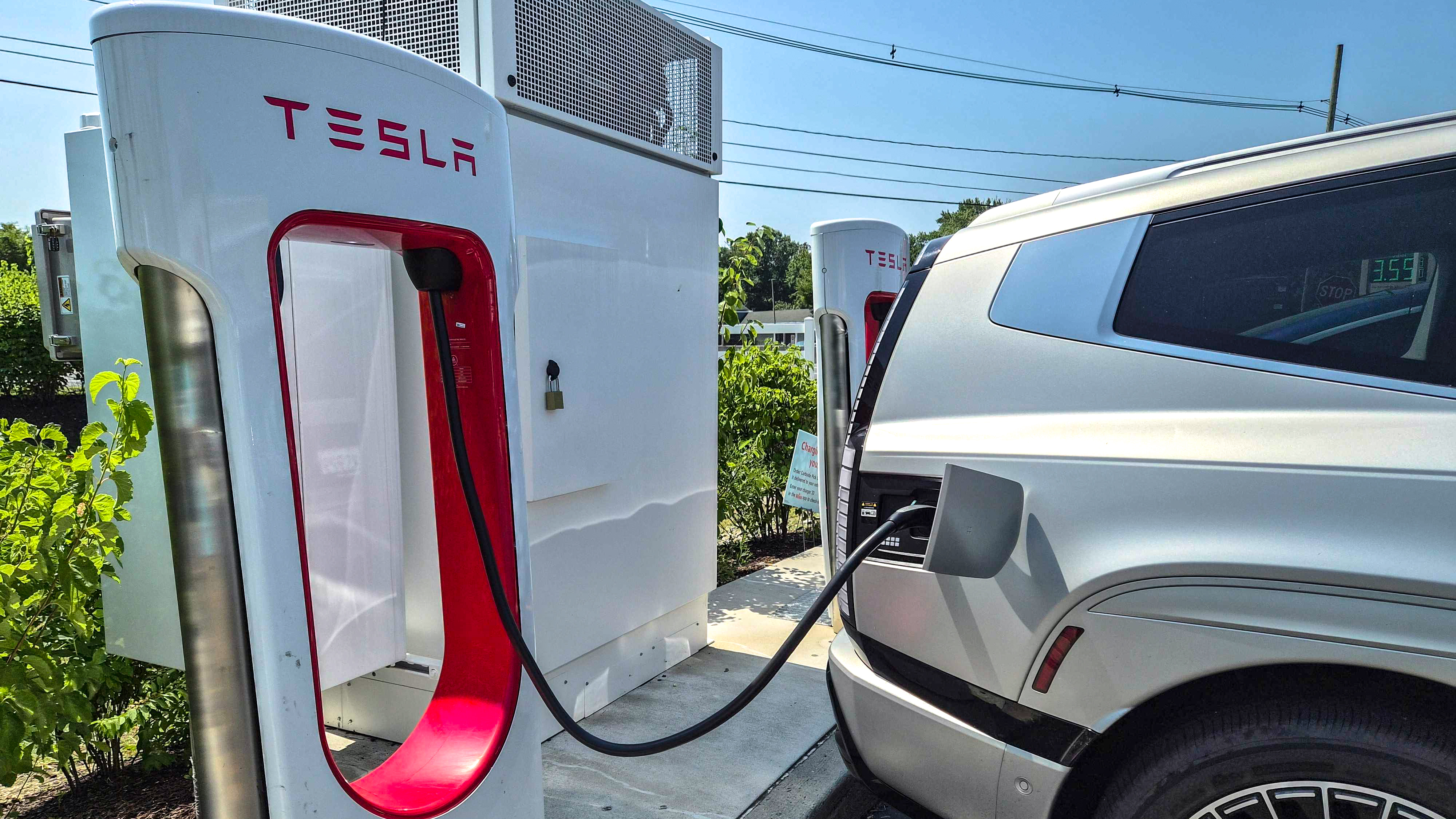
I went to the Tesla Supercharger station roughly before noon to beat the lunch hour traffic, but parking the Hyundai Ioniq 9 into a spot is just one of the many challenges I faced. After pulling back into the first open spot, I realized that the charging cord’s on the shorter side — so I ended up parking in the adjacent spot, which essentially meant taking up two parking spots.
Despite the tight parking spaces, I think it’s much more problematic that these Tesla Superchargers have extremely cables.
Charging speed could be faster
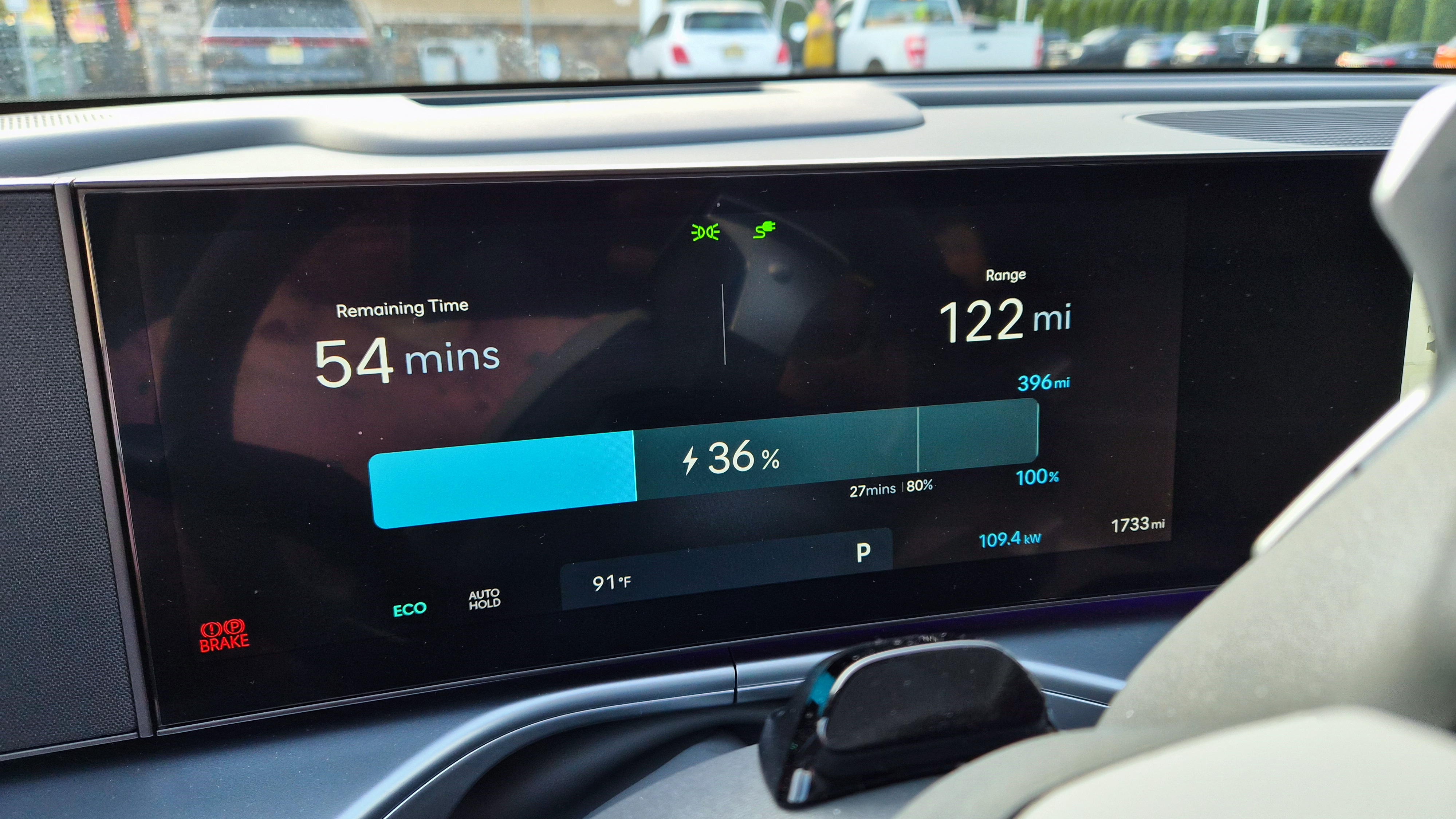
Once I started charging the Ioniq 9, I paid attention to the recharging rate shown on the driver’s display. Initially it started out very low at about 16.5 kW, but it eventually peaked at 126 kW. This is technically Level 3 charging speed and what you want to get the quickest charge in the shortest amount of time.
While 126 kW is a good speed, it could’ve been faster because I’ve experienced faster Level 3 speeds elsewhere. During my first test with charging the Ioniq 9, it estimated a time of 36 minutes to go from 19% to 80% — while a full charge would’ve taken 1 hour and 3 minutes. However, there are a lot of factors that impact the speeds you get at a charging station.
You pay more than Tesla drivers
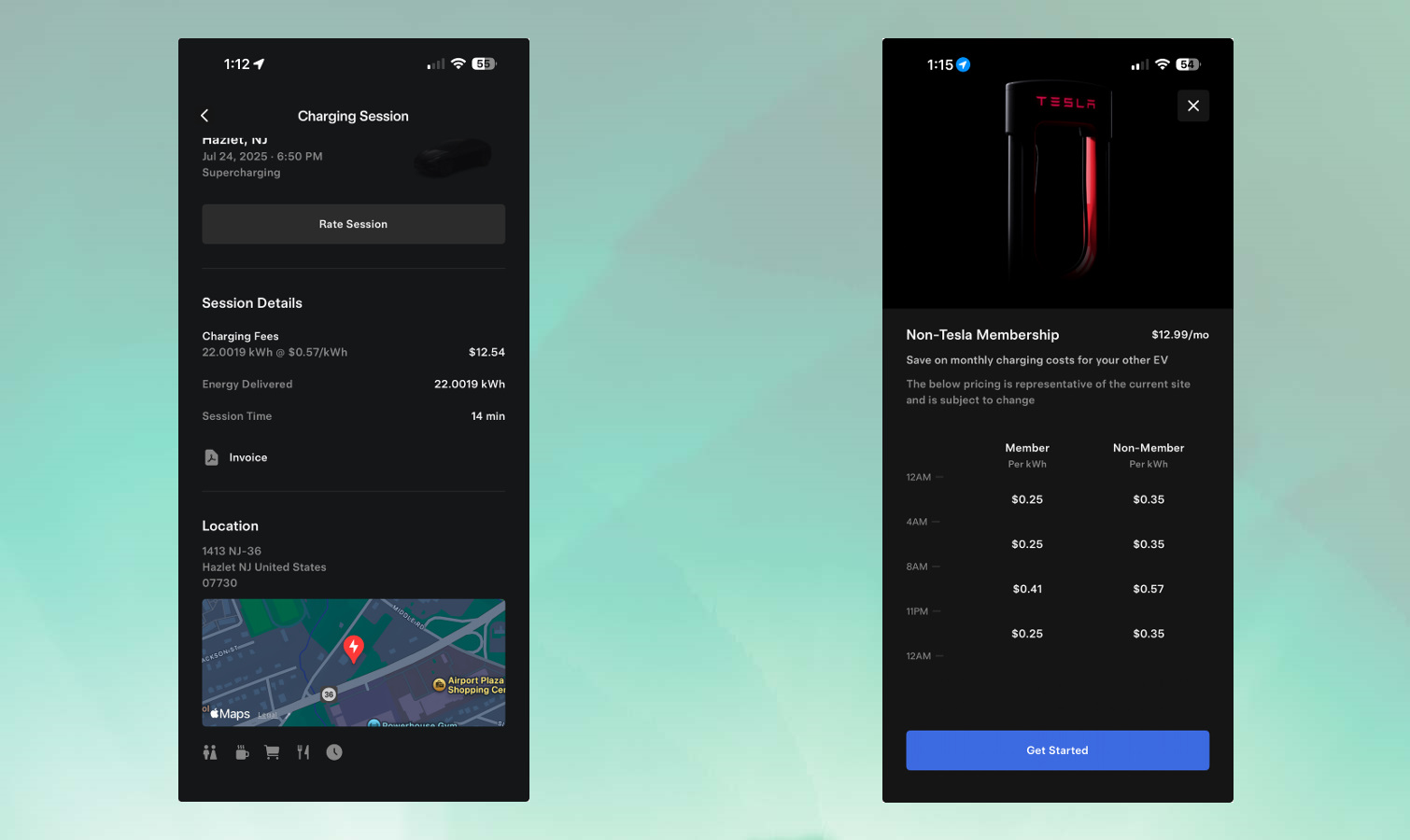
Since I’m charging a non-Tesla vehicle, I’m paying more for my charges at a Tesla Supercharger. The Tesla app shows me the rates, so at least I’m not blindsided when I finish charging. I was charged at the rate of $0.57/kWh during peak hours, which is actually average when compared to the rates at other charging stations.
Still, this is more than what Tesla drivers pay. In order to get the same rates, I’d have to sign up for Tesla membership that would reduce the rate down to $0.41/kWh — but it does come at the cost of $12.99/month. If you’re wondering if that’s worth getting, just know that the Ioniq 9 has a 110.3 kWh battery. Using the rates I mentioned, it would cost me $62.87 to charge the Ioniq 9 fully, versus $45.22 with the Tesla membership.
Hyundai Ioniq 9 charging: Bottom Line

After all of that, you might think that it’s not worth using a Tesla Supercharger if you don't have a Tesla. Quite the contrary: Most of the complaints I have here are no different from my sentiments about other EV chargers. The biggest benefit here, though, is that the Hyundai Ioniq 9 offers that peace of mind assurance that you can charge it in more places.
I always give the advice to charge EVs at home and reserve charging at a station when you absolutely need to, like when you’re on a road trip or vacation. You’ll have more savings in the long run that way. But in the event that you need to charge, it’s nice knowing that you have more options with the Ioniq 9.
Follow Tom's Guide on Google News to get our up-to-date news, how-tos, and reviews in your feeds. Make sure to click the Follow button.
More from Tom's Guide
- I tried the new CarPlay with the iOS 26 beta — and Apple just solved my biggest issue with infotainment interfaces
- Sorry, EVs — I test drove my first PHEV and it’s the perfect blend of electric and gas power
- I tried this thermal camera to make my nighttime driving safer — and it's a game changer

John’s a senior editor covering phones for Tom’s Guide. He’s no stranger in this area having covered mobile phones and gadgets since 2008 when he started his career. On top of his editor duties, he’s a seasoned videographer being in front and behind the camera producing YouTube videos. Previously, he held editor roles with PhoneArena, Android Authority, Digital Trends, and SPY. Outside of tech, he enjoys producing mini documentaries and fun social clips for small businesses, enjoying the beach life at the Jersey Shore, and recently becoming a first time homeowner.
You must confirm your public display name before commenting
Please logout and then login again, you will then be prompted to enter your display name.
